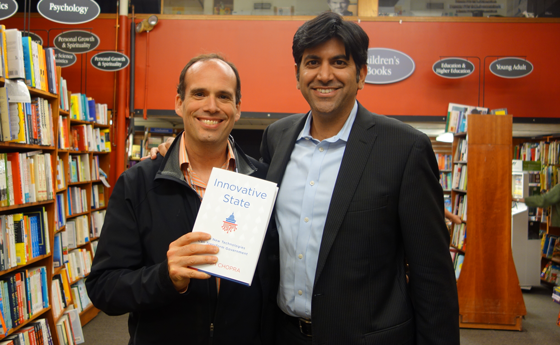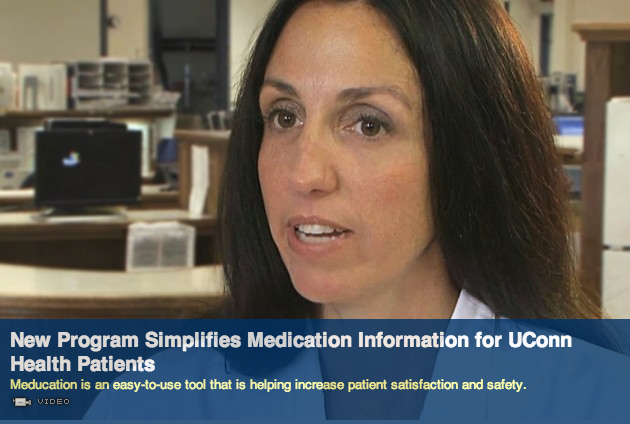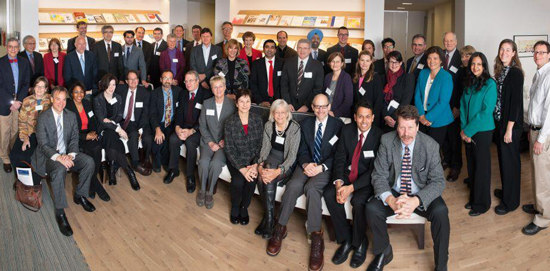FHIR is laying a framework for digital disruption to occur. A big part of FHIR’s popularity is that it’s vendor-neutral and free to use, which allows innovators to do things that couldn’t easily be done before. […] The SMART on FHIR app platform and app gallery are great examples. Think of SMART on FHIR like the app store on a smartphone. Some of the apps are designed for physicians to use, such as the Growth Chart app developed by Boston’s Children’s Hospital. The app plots a child’s height and weight against growth charts published by the World Health Organization and U.S. Centers for Disease Control and Prevention (CDC) so that physicians can track a child’s growth over time and communicate this to the child’s caregivers.
Other apps in the SMART on FHIR gallery are patient-facing, such as the ClinDat application, which makes it easier for rheumatoid arthritis patients to document which joints are normal, tender, or swollen. These data are captured electronically and sent back to the medical record in real-time to support the clinical care patients receive. The beauty of SMART on FHIR is the apps are vendor neutral and can be ‘plugged-in’ to EHRs and other tools used on multiple devices (particularly mobile devices) that are already integrated into clinicians’ workflows.
Category: Press
It’s About Time: Open APIs Finally Burst onto Healthcare’s Sluggish Scene
Nuviun Blog, June 9, 2014 — Sue Montgomery
In the midst of the struggles that we face with interoperability, efforts that support open API use may well hold the keys to the HIT Kingdom…
READ MORE >
Forbes Adds to Advisory Committee News Coverage
Today Forbes published Who’s Who Of Health Care Join Forces For SMART Technology, the latest in recent news coverage of the SMART Advisory Committee launch.

Other pieces include:
Continue reading “Forbes Adds to Advisory Committee News Coverage”
Aneesh Chopra’s New Book Points to Launch of SMART Project
Aneesh Chopra, America’s first Chief Technology Officer and member of the SMART Platforms Advisory Committee, has published a new book called Innovative State: How New Technologies Can Transform Government. The SMART Project’s kickoff ITdotHealth meeting in 2009 is among the formative events he describes in Chapter 4, “Opening the Playbook.” Here he is seen with Ken Mandl at the Harvard Book Store, where he discussed the book on May 21. A video of the talk is provided by WGBH.

HIMSS14: Health IT’s Next Boom Cycle
![]()
InformationWeek Healthcare, February 25, 2014 — Mark Braunstein
We’ve seen health informatics booms and busts before — will this one be different?
I’ve been attending HIMSS for decades, and in my view, the exhibit hall is the place to get a true pulse of the industry and the field in general. Over the years we’ve seen booms and busts. I remember HIMSS in my hometown of Atlanta during the heyday of health information exchange in the 90s, when the regional phone companies (remember them?) had huge exhibits touting their entry into the health informatics space…
Top Ten Tech Trends: Catching FHIR

Healthcare Informatics, February 19, 2014 — David Raths
A New HL7 Draft Standard May Boost Web Services Development
Standards development work in healthcare is a challenging, often thankless task, and definitely more of a marathon than a sprint. It isn’t often that a proposed standard garners genuine enthusiasm among people working on interoperability issues, but that is what is happening with HL7 Fast Healthcare Interoperability Resources (FHIR)…
UConn Health Video Vouches for Value of Meducation
The winner of the 2011 SMART Apps for Health Challenge is in the spotlight once again.
Polyglot Systems’ medication instruction app, Meducation, was implemented at UConn Health Center in March 2013. By August the software had significantly improved patient satisfaction scores on certain HCAHPS measures, according to a report in BioPortfolio.
Now UConn’s own news site, UConn Today, features a video of hospitalist Dr. Wendy Miller describing in further detail how valuable the app has been to patients and caregivers at the center.
The Power of Shared Data
SMART, i2b2, and other open-source technologies made possible by the federal $48B investment in health IT will soon be used as the foundation of SCILHS: the Scalable Collaborative Infrastructure for a Learning Health System. Read the full report from the Harvard Medical School news office.
Based at Harvard Medical School and operating out of 10 health care sites from Massachusetts to Texas, SCILHS will be one of 29 networks in the national Patient-Centered Clinical Research Network (PCORnet). Pictured below are members of the network who made it through the snow to attend the official kickoff meeting held January 22–23 in Washington, D.C.
Democratizing Data: Two New SMART iOS Apps
The Harvard Medical School (HMS) news office reports on DB EMR and Genomics Advisor, soon to be released on iTunes.
Kohane on Health Record Surveillance
Why You Should Demand More Surveillance—Of Your Health Records
Today on WBUR’s CommonHealth:
“Your medical data—the records of your doctors’ visits and operations and drug purchases—is already not as private as you might like to imagine. Dozens of agencies, commercial and governmental, routinely have access to it, ostensibly for the purpose of ensuring efficient and accurate payment.
Yet the vast majority of your health care data remains unused, discarded and ignored. It sits idle when it could be applied today to improve the delivery of health care—including yours—and advance medical science.…”





You must be logged in to post a comment.